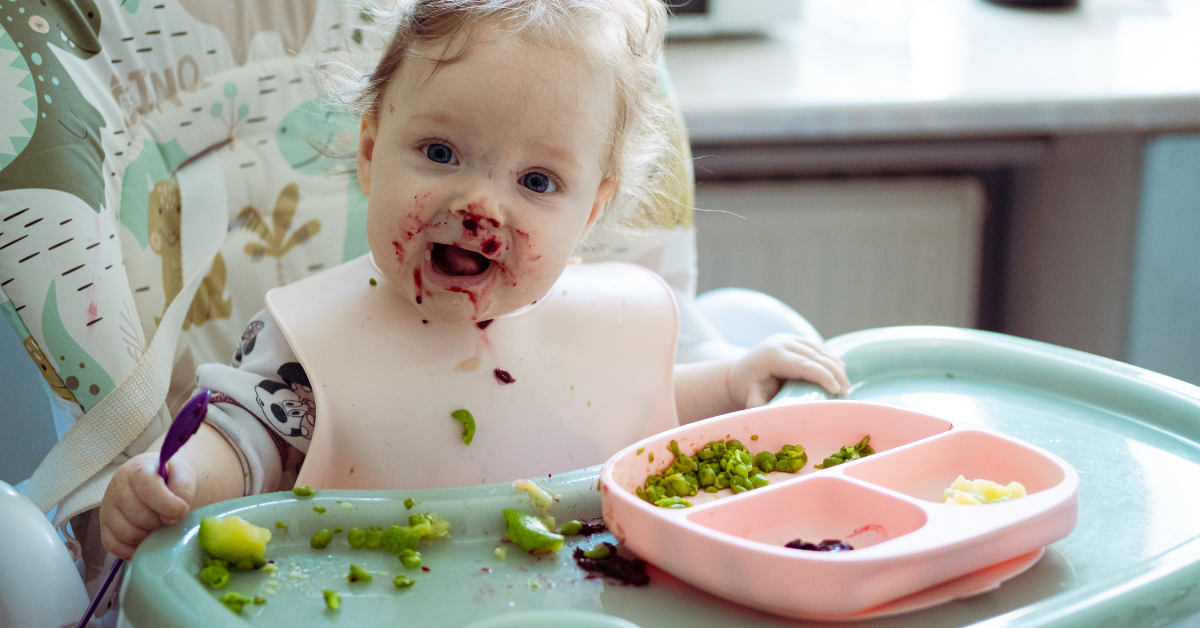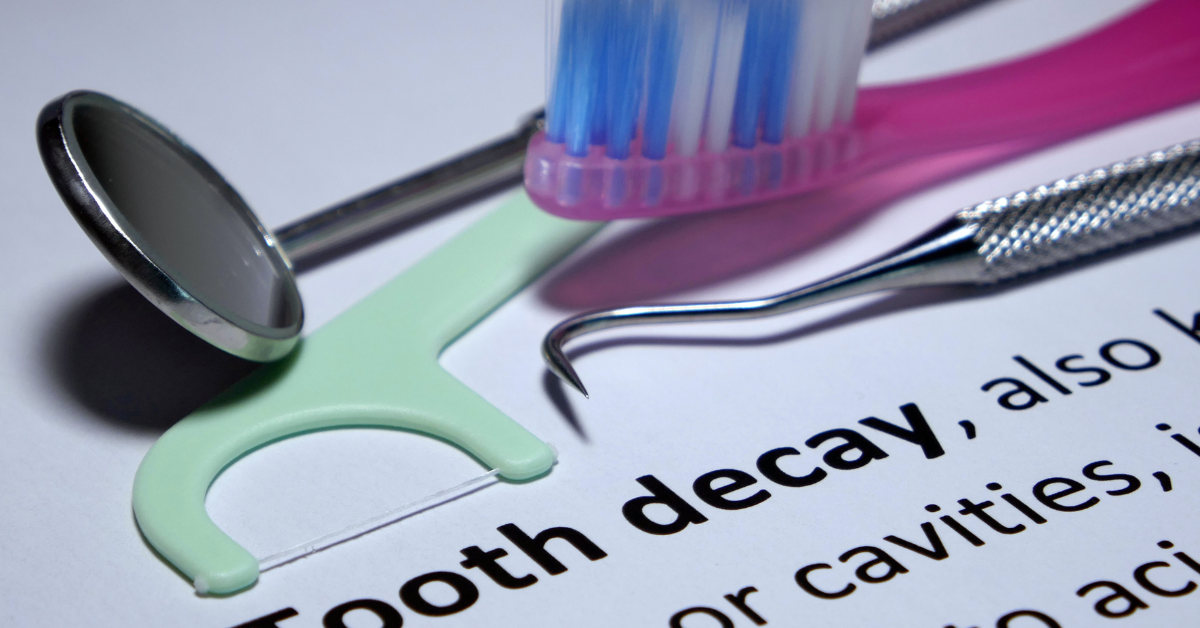Baby-led weaning (BLW) is an increasingly popular approach to introducing solid foods to infants. Unlike traditional weaning methods, where purees and spoon-feeding are the norm, BLW encourages babies to self-feed with finger foods from the start. This method has gained attention for its potential benefits, which include improved motor skills, better eating habits, and enhanced family mealtimes. In this article, we’ll explore the benefits of baby-led weaning and provide practical tips for parents considering this approach.
In this article:
What is Baby-Led Weaning?
Definition and Principles
Baby-led weaning is a method of introducing solids that allows babies to self-feed from the beginning of their weaning journey. Instead of spoon-feeding purees, parents offer a variety of solid foods in manageable pieces, letting babies explore textures and flavors at their own pace.
Key Differences from Traditional Weaning
- Self-Feeding: Babies pick up and eat food by themselves, fostering independence.
- Variety of Foods: Babies are introduced to a wide range of textures and flavors early on.
- Family Meals: Babies eat the same foods as the rest of the family, making mealtime a shared experience.
What Are the Benefits of Baby-Led Weaning?
1. Development of Fine Motor Skills
Enhanced Hand-Eye Coordination
By picking up food and bringing it to their mouths, babies improve their hand-eye coordination and fine motor skills. This practice helps them develop the dexterity needed for other tasks like using utensils and writing.
Improvement in Chewing Skills
Baby-led weaning encourages babies to chew from the start, promoting the development of jaw strength and coordination. This can lead to more advanced chewing skills and better oral development.
2. Encouragement of Healthy Eating Habits
Exposure to a Variety of Foods
BLW exposes babies to a wide range of flavors and textures, helping them develop a more diverse palate. Early exposure to different foods can lead to healthier eating habits and a reduced risk of picky eating later in life.
Self-Regulation of Food Intake
Babies learn to listen to their hunger and fullness cues, fostering a healthy relationship with food. This self-regulation can help prevent overeating and promote healthy weight gain.
3. Improved Family Mealtimes
Inclusion in Family Meals
With baby-led weaning, babies join family meals from the start. This inclusion promotes social interaction and allows babies to learn by observing family members.
Simplified Meal Preparation
Preparing a single meal for the whole family simplifies mealtime and reduces stress. Parents don’t need to prepare separate purees, saving time and effort.
How to Start Baby-Led Weaning: Practical Tips
1. Ensure Readiness
Look for signs that your baby is ready for solids, such as sitting up unassisted, showing interest in food, and losing the tongue-thrust reflex. Most babies are ready around six months of age.
2. Choose the Right Foods
Safe and Nutritious Options
Start with soft, easy-to-handle foods such as steamed vegetables, ripe fruits, and soft-cooked meats. Avoid foods that pose a choking hazard, such as whole nuts, grapes, and hard raw vegetables.
Offer a Variety
Introduce a wide variety of foods to ensure a balanced diet. Include fruits, vegetables, proteins, and grains to provide essential nutrients.
3. Create a Safe Eating Environment
Supervision
Always supervise your baby during meals to ensure their safety. Stay attentive and be prepared to assist if needed.
Appropriate Seating
Use a high chair that provides good support and allows your baby to sit upright. This position helps reduce the risk of choking and promotes better eating habits.
Common Concerns and Misconceptions About Baby-Led Weaning
1. Choking Risks – Reducing Choking Hazards
While concerns about choking are common, studies suggest that baby-led weaning does not increase the risk compared to traditional weaning methods. Ensure food pieces are soft and appropriately sized to minimize risks.
2. Nutritional Adequacy – Ensuring Balanced Nutrition
Some parents worry that their baby might not get enough nutrients with BLW. Offer a variety of foods and ensure that iron-rich foods are included to meet nutritional needs.
3. Mess and Clean-Up – Managing Mealtime Mess
Baby-led weaning can be messy, but the benefits often outweigh the inconvenience. Use a high chair with a large tray, place a mat under the chair, and dress your baby in easy-to-clean clothing to manage the mess.
Conclusion
Baby-led weaning offers numerous benefits, including the development of fine motor skills, encouragement of healthy eating habits, and improved family mealtimes. By understanding the principles and benefits of this approach, parents can make informed decisions about their baby’s weaning journey. While baby-led weaning may not be suitable for every family, its potential advantages make it worth considering for those looking to foster independence and healthy eating from an early age








